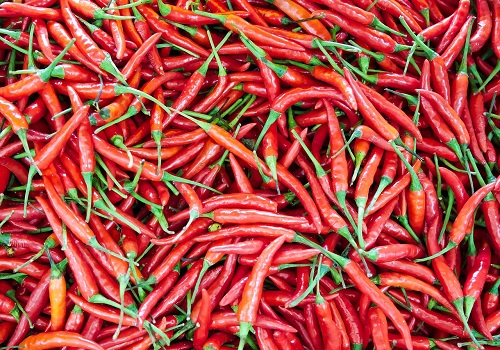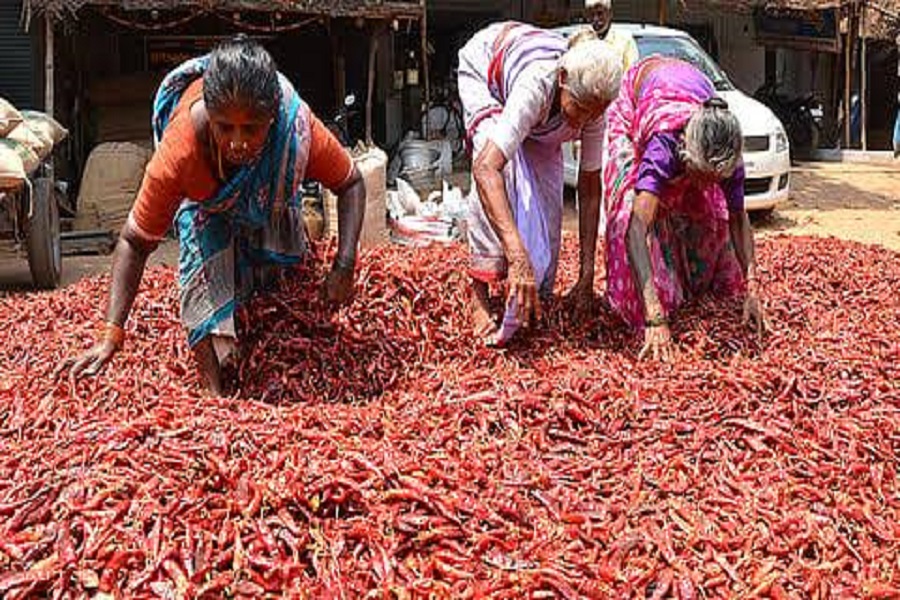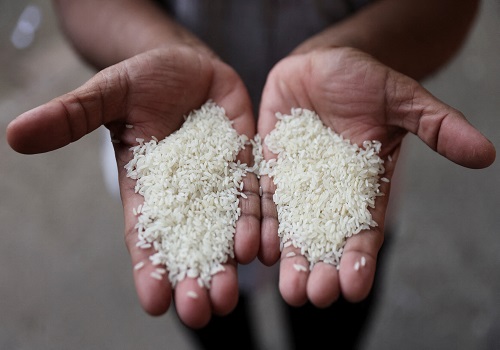Chilli Prices Surge on Crop Concerns and Export Demand by Amit Gupta, Kedia Advisory

Dry red chilli prices witness a notable rebound driven by worries over crop size, heightened demand from exporters, and stockists' activity. Despite initial expectations of ample supply, issues with crop health and reduced yields contribute to the price hike, with significant export demand sustaining the upward trend.
Highlights
Chilli Prices Rebound: Dry red chilli prices have surged recently due to concerns over crop size, increased demand from exporters, and stockists. This surge follows a previous decrease of around 40% in prices.
Crop Concerns: Initial expectations of abundant quantities were tempered by issues with crop health, leading to reduced yields. This has contributed to the upward trend in prices.
Export Demand: There is significant demand for Indian chillies, particularly the Teja variety, from countries like China. Exporters are experiencing robust demand, which is supporting price increases.
Lower Prices Compared to Last Year: Despite the recent rebound, prices remain lower by approximately 20% compared to the previous year.
Impact of Cyclone and Rainfall: Cyclone Miachaung in Andhra and Telangana, coupled with lower rainfall in Karnataka, has impacted yields, contributing to a decrease in overall crop size.
Market Dynamics: While there's a rise in arrivals, masala companies in Karnataka are cautious, purchasing on a need basis, which may affect pricing dynamics.
Production Estimates: India's red chilli crop for 2022-23 is estimated at over 20.59 lakh tonnes, with Andhra Pradesh leading in production followed by Telangana and Madhya Pradesh.
Conclusion
The recent surge in chilli prices underscores the delicate balance between supply and demand in the agricultural commodities market. Factors such as crop health, export dynamics, and weather patterns play pivotal roles in shaping price movements. While the rebound brings relief to growers and exporters, ongoing vigilance is required to navigate potential volatility in the market. Moreover, it highlights the resilience of India's spice industry and its ability to adapt to changing conditions, ensuring a steady supply of this essential ingredient to both domestic and international markets.
Above views are of the author and not of the website kindly read disclaimer





















